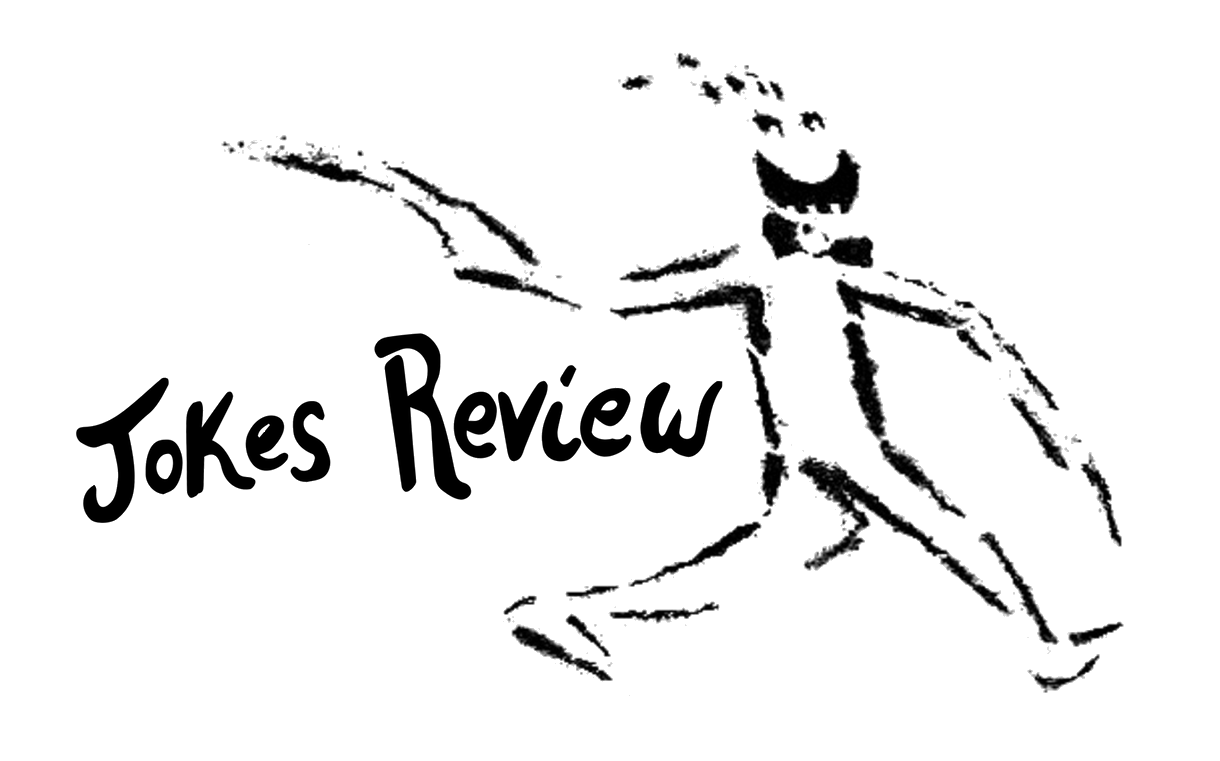by Lane Chasek
I’ve been thinking a lot about author bios recently. Specifically, what not to do when writing one.
The ideal author bio should be informative without overstaying its welcome, which is why I think 100-150 words is the perfect length for one. Anything past 150 words feels superfluous and (let’s be real) braggadocious.
Which is why I’m so fascinated by Gore Vidal’s bio at the end of his 1984 novel Lincoln. This bio is nearly 400 words long and includes so much humble-bragging and needless detail that it may be the greatest bad author bio ever published.
Take a look at this first section:
GORE VIDAL wrote his first novel, Williwaw (1946), at the age of nineteen while overseas in World War II.
During four decades as a writer, Vidal has written novels, plays, short stories and essays. He has also been a political activist. As a Democratic candidate for Congress from upstate New York, he received the most votes of any Democrat in a half century. From 1970 to 1972 he was co-chairman of the People’s Party. In California’s 1982 Democratic primary for U.S. Senate, he polled a half million votes, and came in second in a field of nine.
On the surface, that all sounds pretty impressive. Until you realize that Vidal came from an aristocratic political family (fun fact: Vidal’s grandfather was a wealthy U.S. Senator who helped found the state of Oklahoma). Of course he was going to publish a novel when he was super young. But what baffles me is that, despite losing elections and never snagging a seat in Congress, he still felt the need to brag about a political career that went nowhere. He didn’t win, so what’s there to brag about?
In 1948 Vidal wrote the highly praised international best seller The City and the Pillar. This was followed by The Judgment of Paris and the prophetic Messiah. In the fifties Vidal wrote plays for live television and films for Metro-Goldwyn-Mayer. One of the television plays became the successful Broadway play Visit to a Small Planet (1957). Directly for the theater he wrote the prize-winning hit The Best Man (1960).
In 1964 Vidal returned to the novel. In succession, he created three remarkable works: Julian, Washington, D.C., Myra Breckinridge. Each was a number-one best seller in the United States and England. In 1973 Vidal published his most popular novel, Burr, as well as a volume of collected essays, Homage to Daniel Shays. In 1976 he published yet another number-one best seller, 1876, a part of his on-going American chronicle, which now consists of—in chronological order—Burr, Lincoln, 1876, Empire, Hollywood, and Washington, D.C.
This section alone could have served as an okay author bio. Vidal’s a writer and here’s what he’s written. Simple as that. But this final paragraph takes a turn for the absurd.
In 1981 Vidal published Creation, “his best novel,” according to the New York Times. In 1982 Vidal won the America Book Critics Circle Award for criticism for his collection of essays, The Second American Revolution. A propos Duluth (1983), Italo Calvino wrote (La Repubblica, Rome): “Vidal’s development ... along that line from Myra Breckinridge to Duluth is crowned with great success, not only for the density of comic effects, each one filled with meaning, not only for the craftsmanship in construction, put together like a clockwork which fears no word processor, but because this latest book holds its own built-in theory, that which the author calls his “après-poststructuralism.” I consider Vidal to be a master of that new form which is taking shape in world literature and which we may call the hyper-novel or the novel elevated to the square or to the cube.”
A quote that long would work best as a blurb, but honestly, I have no idea what Calvino is trying to say here or why Vidal liked this review enough to excerpt it. It’s almost entirely nonsense. What does “a clockwork which fears no word processor” even mean? And what’s this about “the novel elevated to the square or to the cube”? Is there some mathematical element to novels I wasn’t aware of? Have I been reading linear novels this whole time when I could have been enjoying square, cubic, or hypercubic novels? What about fractal and logarithmic novels?
Sometimes it’s hard to figure out what you should include in your own author bio, but really, it’s best to keep things simple. Your books, where you’ve been published, maybe your day job or alma mater, etc. Whatever you come up with, it won’t be nearly as ridiculous as Gore Vidal’s.
Lane Chasek (@LChasek) is the author of the nonfiction book Hugo Ball and the Fate of the Universe, the poetry/prose collection A Cat is not a Dog, and two forthcoming chapbooks, Dad During Deer Season and this is why I can't have nice things. Lane's current pride and joy is an essay he published in Hobart about Lola Bunny and the latest Space Jam movie.


